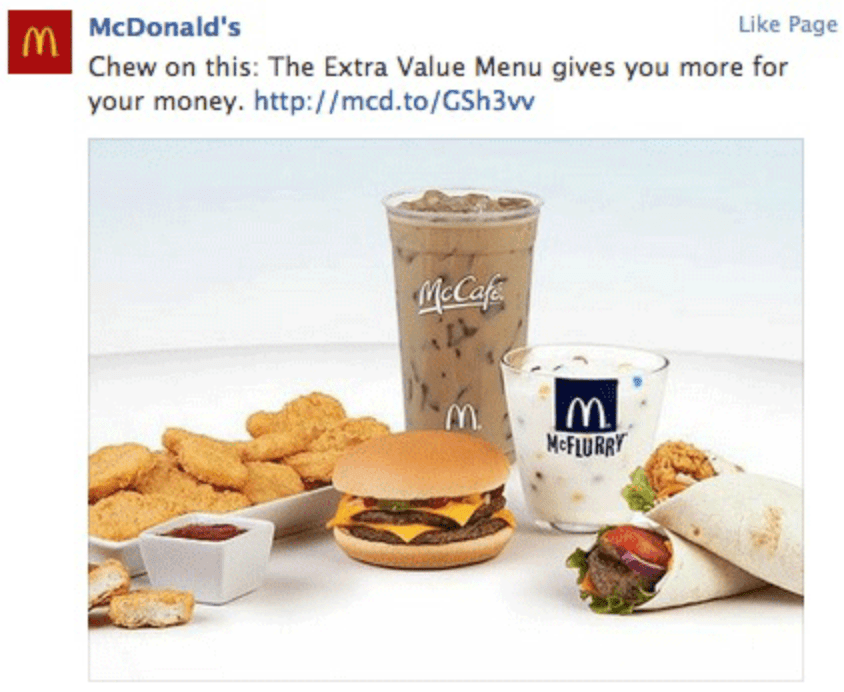Performance Marketing has been with us since the TV age. In the 90s, our main online activity was browsing. We had Altavista and Lycos, but we usually went to websites other people referred us via IRC or ICQ.
Then sometime in 2000, Google came along, and it was the search era. If you needed to find something, you would type your query in Google’s search box and get instant results along with top of the page ads.
Our online behavior is changing again. We are now in a content discovery mode. We don’t sit in front of a CRT monitor anymore. We browse through hundreds of TV shows and movies on Netflix or scroll down the Facebook feed in our mobile phones.
Performance Marketing, or the art of converting strangers into customers (i.e., paying for measurable results, which is the opposite of branding), has evolved from funny web ad banners to Google first page ads, into user experience embedded stories in social media feeds.



Facebook is a good example. Users aren’t looking to buy anything (they don’t have any purchases intent, as someone searching for “used cars.”) If a family of a friend recommends you a good offer on Facebook, you might go for it.
- From SaaS to AI Agents - 05/27/25
- The AI Automation Engineer - 05/13/25
- Hire One Developer to Press One Key - 05/06/25